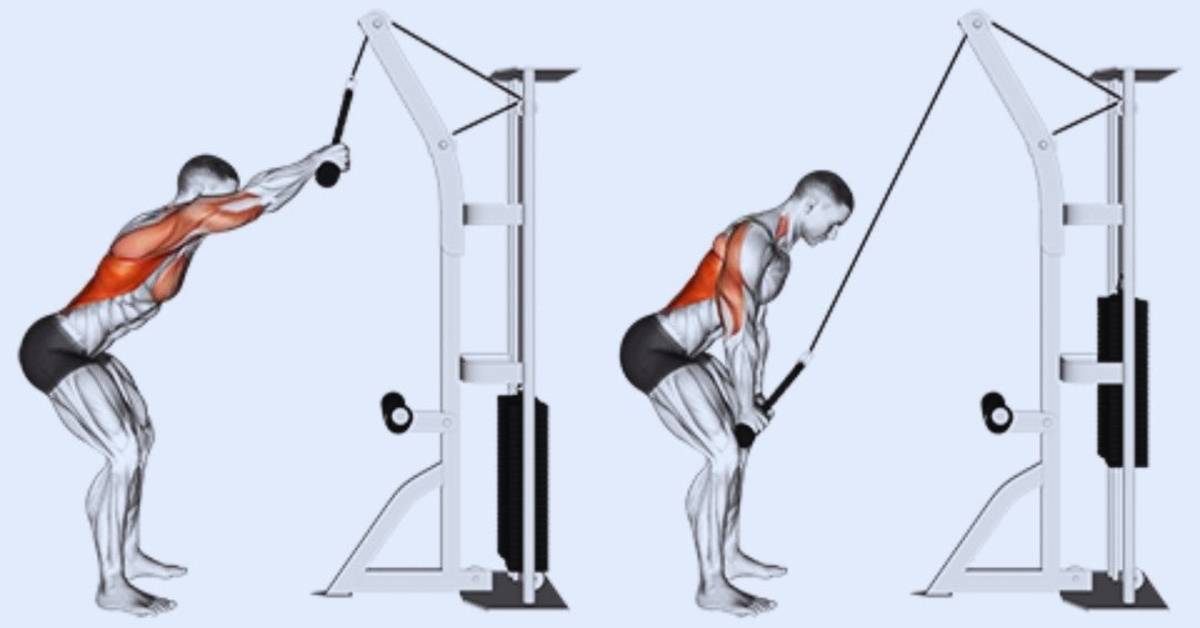Calf muscles are an essential part of the lower leg and play a crucial role in movement and stability. However, some individuals may struggle to develop their calf muscles despite regular exercise and training. This phenomenon has been observed in individuals worldwide, leading to the moniker “worst calves in the world.” This article will explore the reasons behind this and ways to address the issue.
Anatomical Factors
One of the primary reasons behind the worst calves in the world is anatomical factors. Some individuals may have calf muscles that are shorter or narrower than average, making them appear less defined. Furthermore, the Achilles tendon length may also impact the size and shape of the calf muscles. Those with longer Achilles tendons may have a more pronounced “hourglass” shape to their calf muscles, while shorter Achilles tendons may create a flatter appearance.
Genetics
Another significant factor that influences calf muscle development is genetics. Some individuals may have a genetic predisposition towards a particular body type that affects the size and shape of their calf muscles. For example, individuals with a mesomorphic body type tend to have a higher percentage of muscle mass and a more defined musculature overall. Conversely, individuals with an ectomorphic body type may have a more slender frame with less muscle mass, leading to underdeveloped calf muscles.
Lifestyle Factors
Lifestyle factors such as diet and exercise habits can also contribute to the underdevelopment of calf muscles. Individuals who engage in low levels of physical activity or have a sedentary lifestyle may have difficulty developing their calf muscles. In contrast, individuals who exercise regularly and maintain an active lifestyle may find it easier to develop their calf muscles.
Furthermore, nutrition also plays a crucial role in muscle development. A diet lacking essential nutrients such as protein, vitamins, and minerals can hinder muscle growth and repair. A balanced diet can help support calf muscle development by ensuring an adequate intake of these nutrients.
Training Techniques
Training techniques also play a critical role in calf muscle development. Individuals who perform exercises that do not target the calf muscles directly or do not use proper form may find it challenging to develop their calf muscles. Moreover, individuals who engage in repetitive exercises without varying the training regimen may also hinder muscle development.
Exercises such as calf raises and jumping exercises can be performed to effectively target the calf muscles. These exercises strengthen and tone the calf muscles, improving definition and shape. Additionally, varying the training regimen by incorporating different exercises and increasing the resistance over time can improve calf muscle development.
Medical Conditions
In rare cases, conditions such as muscular dystrophy or neurological disorders may contribute to the worst calves in the world. These conditions affect muscle function and can hinder muscle development over time. Seeking medical advice and treatment for such conditions is essential to address the underlying issue.
Exercises to Get Strong Calves Muscles
Calves muscles are often neglected by many fitness enthusiasts, but strong calves can help improve athletic performance and enhance overall lower body strength. In this blog post, we will discuss some exercises to improve calves muscles.
Standing Calf Raise
The standing calf raise is a classic exercise for calves muscles. This exercise targets the gastrocnemius muscles, which are the larger muscles in the calves.
To perform this exercise, stand with your feet shoulder-width apart, and place a weight bar across your upper back. Slowly raise your heels off the ground and hold at the top for a second before lowering back down. Repeat for several reps.
To add variation, you can perform this exercise on a step or an elevated surface, allowing your heels to drop below your toes before raising up.
Seated Calf Raise
The seated calf raise targets the soleus muscles, which are the smaller muscles in the calves.
To perform this exercise, sit on a calf raise machine with the weight resting on your knees. Place your feet on the platform, allowing your heels to hang off the edge. Slowly raise your heels off the ground and hold at the top for a second before lowering back down. Repeat for several reps.
Donkey Calf Raise
The donkey calf raise is a variation of the standing calf raise that requires a partner or a sturdy surface to lean on. This exercise targets both the gastrocnemius and the soleus muscles.
To perform this exercise, stand with your toes on a raised surface, such as a step or a block, and lean forward onto a partner or sturdy surface. Slowly raise your heels off the ground and hold at the top for a second before lowering back down. Repeat for several reps.
Jump Rope
Jumping rope is a cardio exercise that also targets the calves muscles. This exercise can help improve endurance and overall lower body strength.
To perform this exercise, stand with your feet shoulder-width apart, holding the handles of a jump rope in each hand. Begin jumping, allowing the rope to pass under your feet. Focus on jumping using your calves muscles rather than relying on your knees or hips.
Box Jumps
Box jumps are a plyometric exercise that targets the calves muscles and can help improve explosive power and overall lower body strength.
To perform this exercise, stand in front of a sturdy box or platform. Jump onto the box, landing with both feet on top, and then jump back down. Repeat for several reps.
Single-Leg Calf Raise
The single-leg calf raise is a challenging exercise that targets each calf muscle individually.
To perform this exercise, stand on one foot, with the other foot raised slightly off the ground. Slowly raise your heel off the ground and hold at the top for a second before lowering back down. Repeat for several reps before switching to the other leg.
Final Thoughts on Worst Calves in the World
In summary, the worst calves in the world can be attributed to various factors, including anatomical, genetic, lifestyle, and training techniques. Understanding these factors and taking steps to address them can lead to improved calf muscle development over time. Moreover, seeking advice for underlying medical conditions is crucial in effectively addressing the issue. Ultimately, consistent effort and a balanced approach to diet and exercise can lead to stronger, more defined calf muscles.









